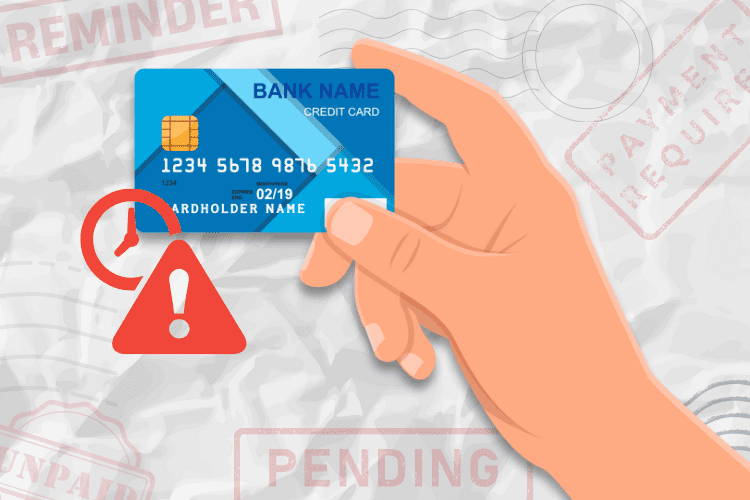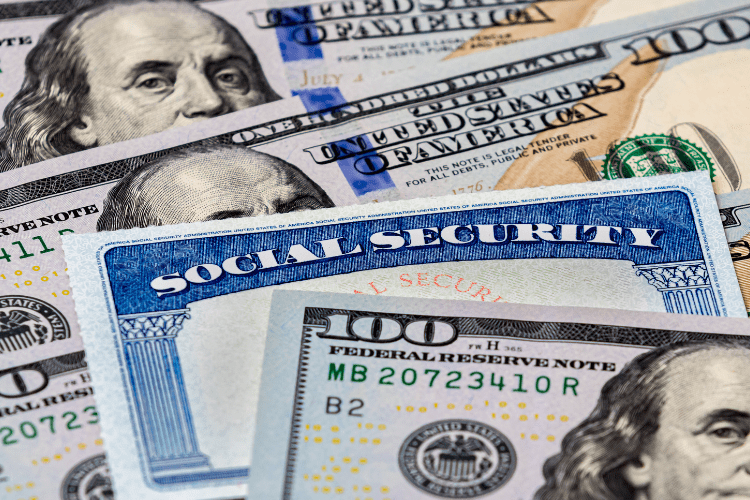Shrinkflation Is At An All-Time High. Should You Be Worried?

I recently walked into my local cafe to pick up my mom’s favorite meal. When I went to check out, the $9.85 price tag for a “large” soup with a side of almost-stale bread left me cold.
How did it get this bad?
And after browsing through TikTok and Google for a bit, I quickly realized I wasn’t the only one experiencing this at their local restaurants or supermarkets.
Shrinkflation is here, and most consumers are paying more for less.
So, can you save even with shrinking sizes and rising prices? Or better yet, is there any hope that things will return to normal soon?
In today’s post, we’re diving into “shrinkflation” to see how it’s impacting your wallet.
Let’s get started.
What Is Shrinkflation?
Shrinkflation is when companies shrink their products’ size, quantity, and weight to offset the rising costs of goods. Instead of raising the price outright, you’ll be paying the same for less.
And sometimes, you may even end up paying a higher price and getting a smaller product.
Either way, it hurts the consumer more than anything. From smaller portions to skinny toilet paper rolls, many unhappy customers have gone public with shrinkflation experiences.
Why Is It Happening?
The rationale behind shrinkflation is more than making a quick buck.
For years now, our global economy has been dealing with rising raw material prices, higher shipping costs, and an overall slowdown this year.
Many businesses, especially smaller ones with tighter margins, are trying to stay profitable. So, instead of a blatant price increase, they opt for smaller-sized products to keep their costs down.
For example, Little Caesar’s famous $5 pie recently went up for the first time in the company’s history.
And while Dollar Tree is recently rolling back prices to $1, they also had to temporarily increase their prices a while back because of the changing economy.
I could go on with countless examples, but everyone’s feeling the financial pinch right now.
Is Shrinkflation Legal?
With these product increases happening, you might ask yourself if companies are legally allowed to do this.
While shrinkflation might feel deceptive, it’s actually legal. Businesses can do what they want if they’re transparent about their new sizes and quantities.
However, many may see it as unethical and may stay away from that brand in the future.
Whenever you buy something, always check a product’s details and notice any changes before deciding.
How To Handle Shrinkflation
So, how do we take care of our wallets during these challenging times? Here’s how:
1. Buy In Bulk When You Can
When done right, bulk items can be a game-changer for your finances. They’ll save you a weekly trip to the store and save you hundreds in the long run. So, go for that multipack deal instead of a single overpriced pack of pasta! Other pantry staples good for bulk buying are grains, broth, beans, oats, nuts, etc.
2. Go With Store Brands
Branded products have a reputation and raise their prices as a result.
But store brands? They’re the unsung heroes of value. You’re usually getting the same thing in a different box at a fraction of the price.
The idea of being a “cheaper” brand in a consumer’s mind makes them immune to the worst parts of shrinkflation.
3. Compare Prices Between Stores
When it comes to shopping, don’t limit yourself to one store. Look out for each store’s sales, discounts, and special promotions.
You can snag some great deals by comparing and being flexible with where you shop. Using apps or websites that track prices can also give you extra discounts you wouldn’t find anywhere else!
Or use an app that automatically gives you cash back, like Pogo and Upside.
Is Shrinkflation Here To Stay?
Given the unpredictable nature of our current global economy, it’s hard to predict when shrinkflation will end for good.
But even if it does stabilize after a while, experts like Edgar Dworsky, founder of ConsumerWorld, claim that companies will rarely revert to a larger product size once it shrinks.
For now, all we can do is stay informed and adapt our shopping needs until the “storm” passes.
The Bottom Line
Understandably, many consumers are frustrated about shrinkflation companies raising prices and shrinking product sizes.
Many households need to start rationing or thinking twice before buying something they used to take for granted.
But with a few savvy shopping techniques, remember that it’s still possible to save money and get the most out of your monthly shopping!
Read More:










